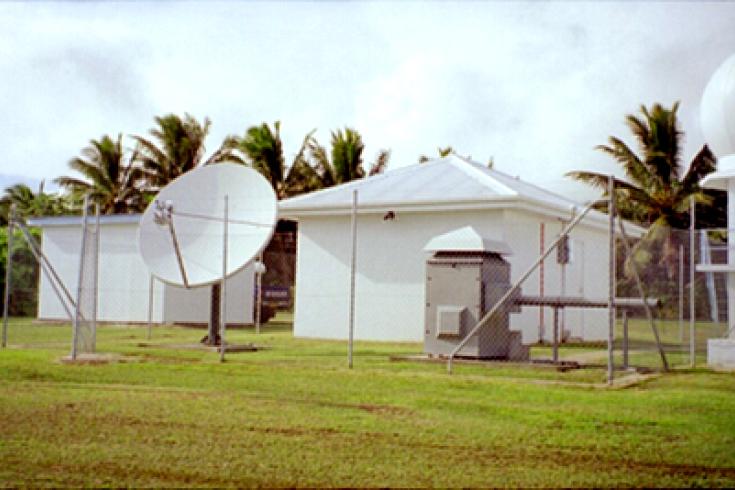Migration of Global Communications Infrastructure complete
An important element of the Comprehensive Nuclear-Test-Ban Treaty’s (CTBT) verification regime is the Global Communications Infrastructure, or GCI. It links the 337 monitoring facilities located worldwide to the headquarters of the Preparatory Commission for the Comprehensive Nuclear-Test-Ban Treaty Organization (CTBTO) in Vienna.
The Spine of the Verification System The GCI transmits signals from the global network of monitoring stations in near real time to the International Data Centre (IDC) in Vienna, where they are processed and analysed. The GCI is also used to distribute the raw data from the stations, as well as the analyses of the data, so-called IDC data bulletins, to Member States. The GCI’s role is therefore as fundamental as that of a spine for a human body. (Click here for an animation of how the verification regime and in particular the GCI work).
The Spine of the Verification System The GCI transmits signals from the global network of monitoring stations in near real time to the International Data Centre (IDC) in Vienna, where they are processed and analysed. The GCI is also used to distribute the raw data from the stations, as well as the analyses of the data, so-called IDC data bulletins, to Member States. The GCI’s role is therefore as fundamental as that of a spine for a human body. (Click here for an animation of how the verification regime and in particular the GCI work).

Infrasound Station IS55, Antarctica, USA
Migrating over 210 Stations
The first 10-year contract with a communication service provider expired in September 2008. Therefore the entire GCI system had to be transferred to the network of the new service provider over the last year. This involved changing satellites, reorienting satellite terminals towards the new satellites and installing new communications equipment at more than 210 locations all over the world, including very remote ones such as Rarotonga in the South Pacific Ocean or northern Greenland. The entire process was completed within the very short time of 10 months.

Radionuclide Station RN23, Rarotonga, Cook Islands
A Major Achievement for the Organization
“The migration of the GCI to the new system is a major achievement for the CTBTO,” underlines Lassina Zerbo, Director of the IDC Division. “We are confident that this second generation of communications network will meet the expectations of the Member States. I would like to thank the entire team of Psi-Sys [the new service provider] for their hard work as partners in this endeavor.”
Ready for 26 Gigabytes – Every Day
The CTBTO is now ready to meet the challenge of managing the enormous amounts of data, which are continuously increasing as more monitoring stations and national data centres in the Member States join the global alarm system. Currently, 16 gigabytes of data are being transmitted by the GCI every single day. Of this, 9 gigabytes are incoming data from monitoring stations and the volume of outbound data traffic to Member States comprises 7 gigabytes. The data volume transmitted through the GCI is soon expected to reach 26 gigabytes per day.
99.5% Data Reliability and Information Security
The GCI not only transmits huge amounts of data, but also meets the highest standards of data availability, confidentiality and reliability. The entire system must be able to transfer the signals from the monitoring stations for 99.5% of the time – thereby ensuring that no signs of a possible nuclear test go unnoticed. The new GCI network also incorporates a high level of network security through an intricate system of data encryption and authentication.
